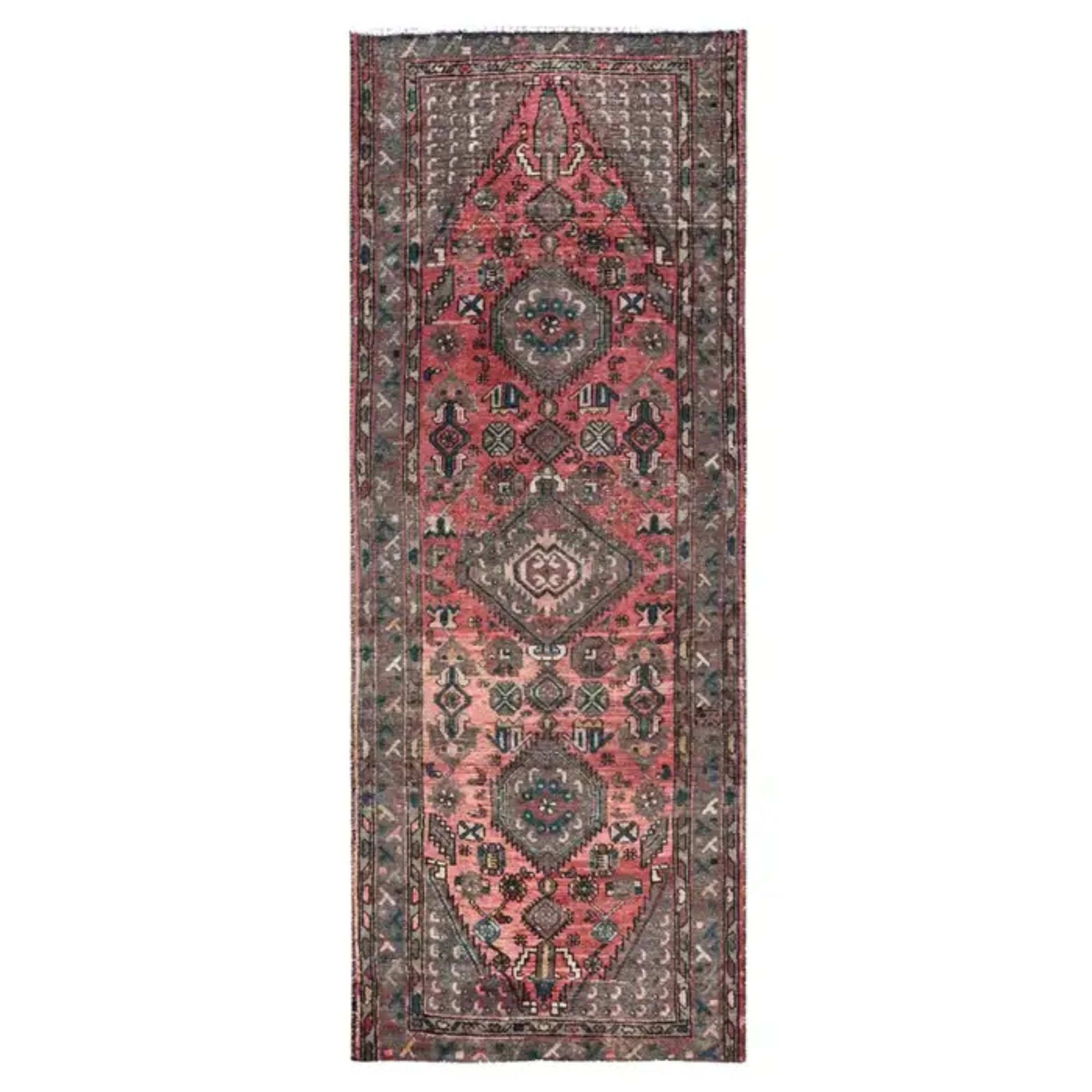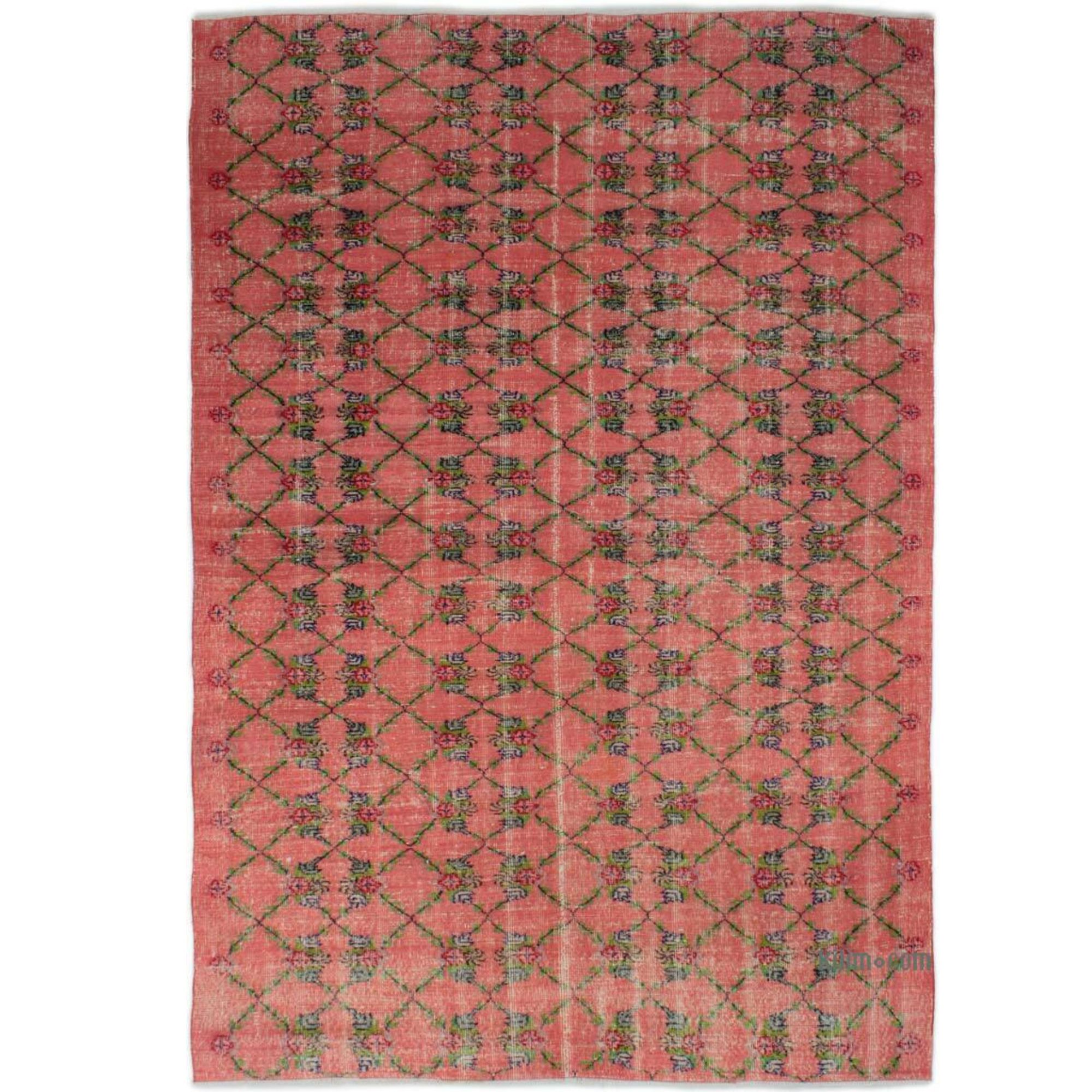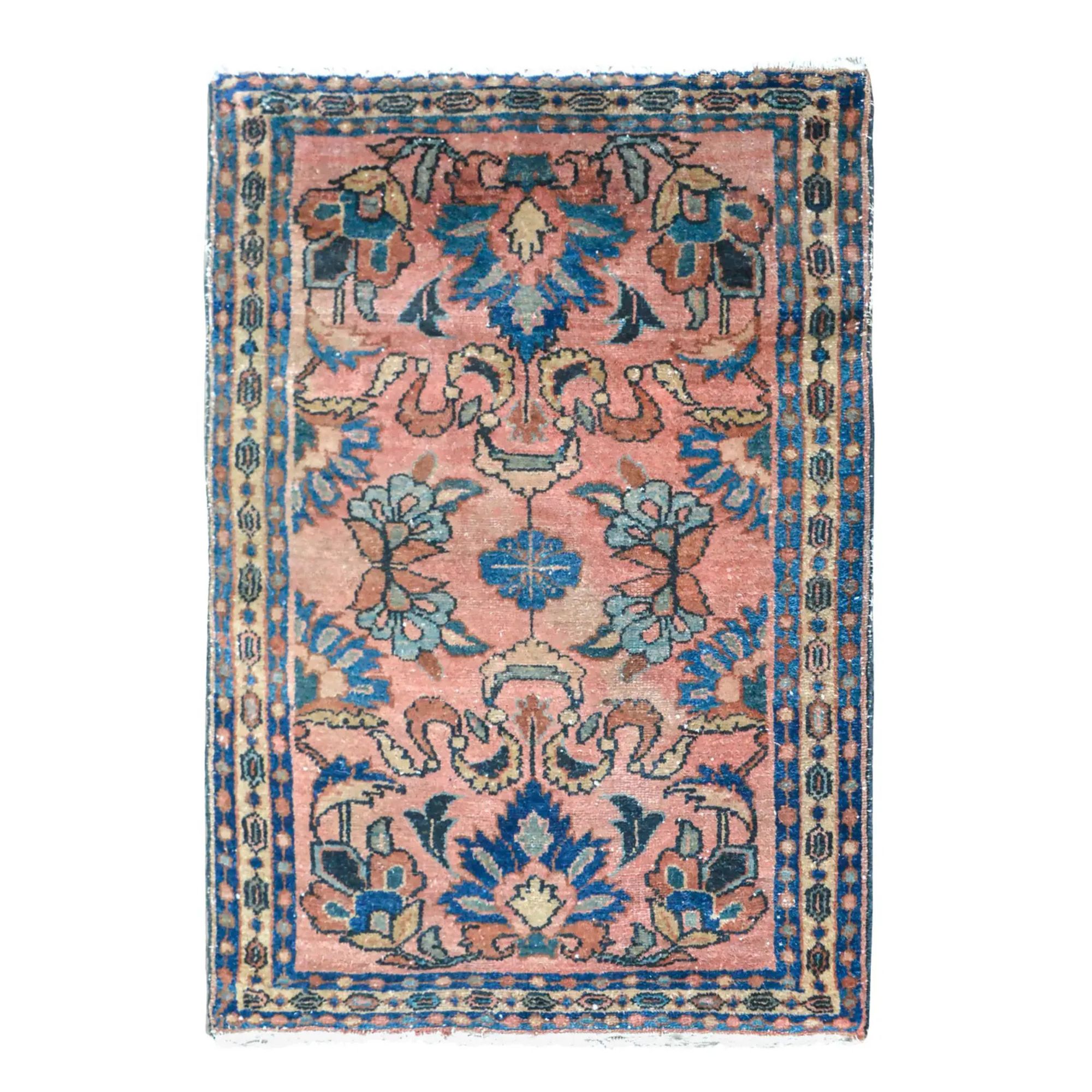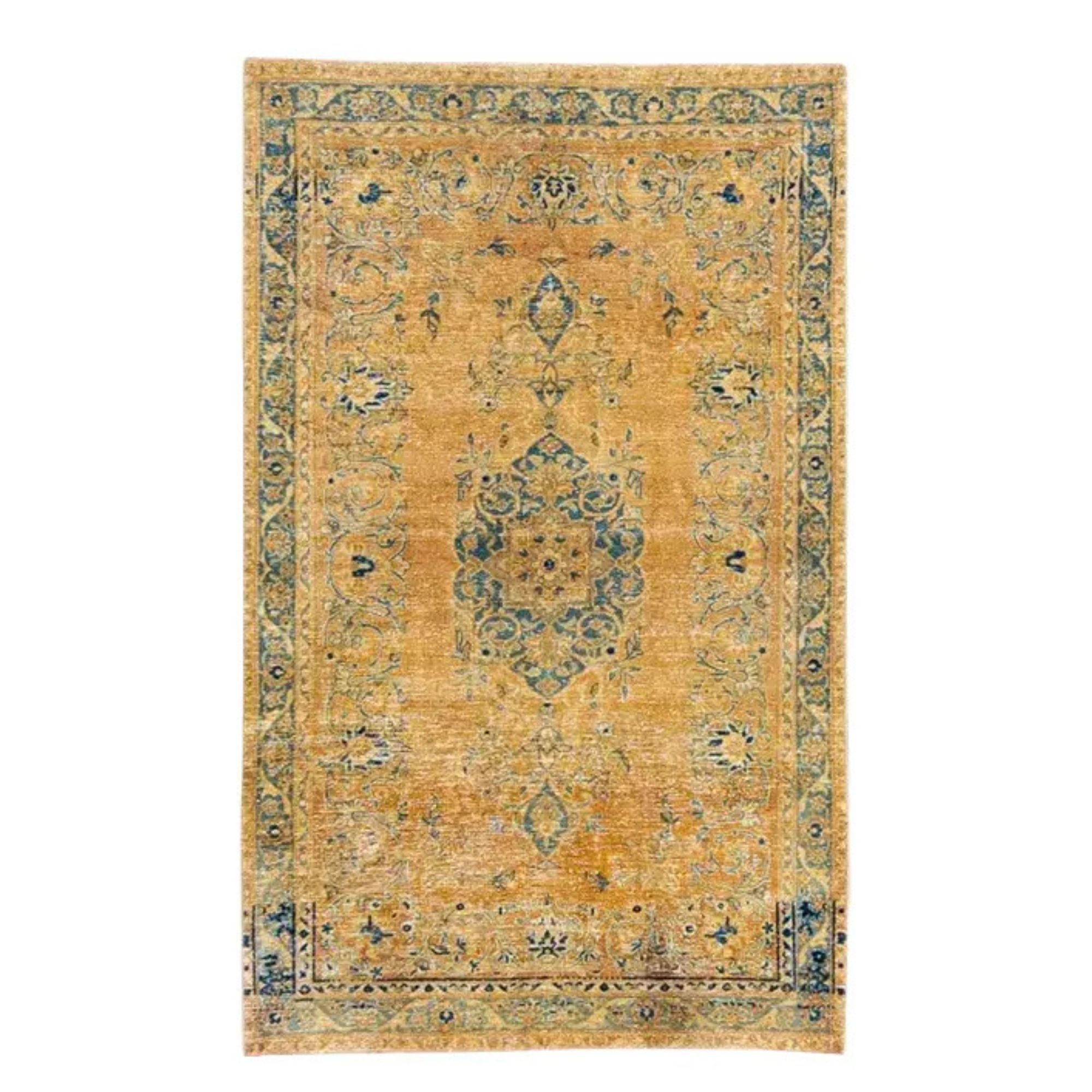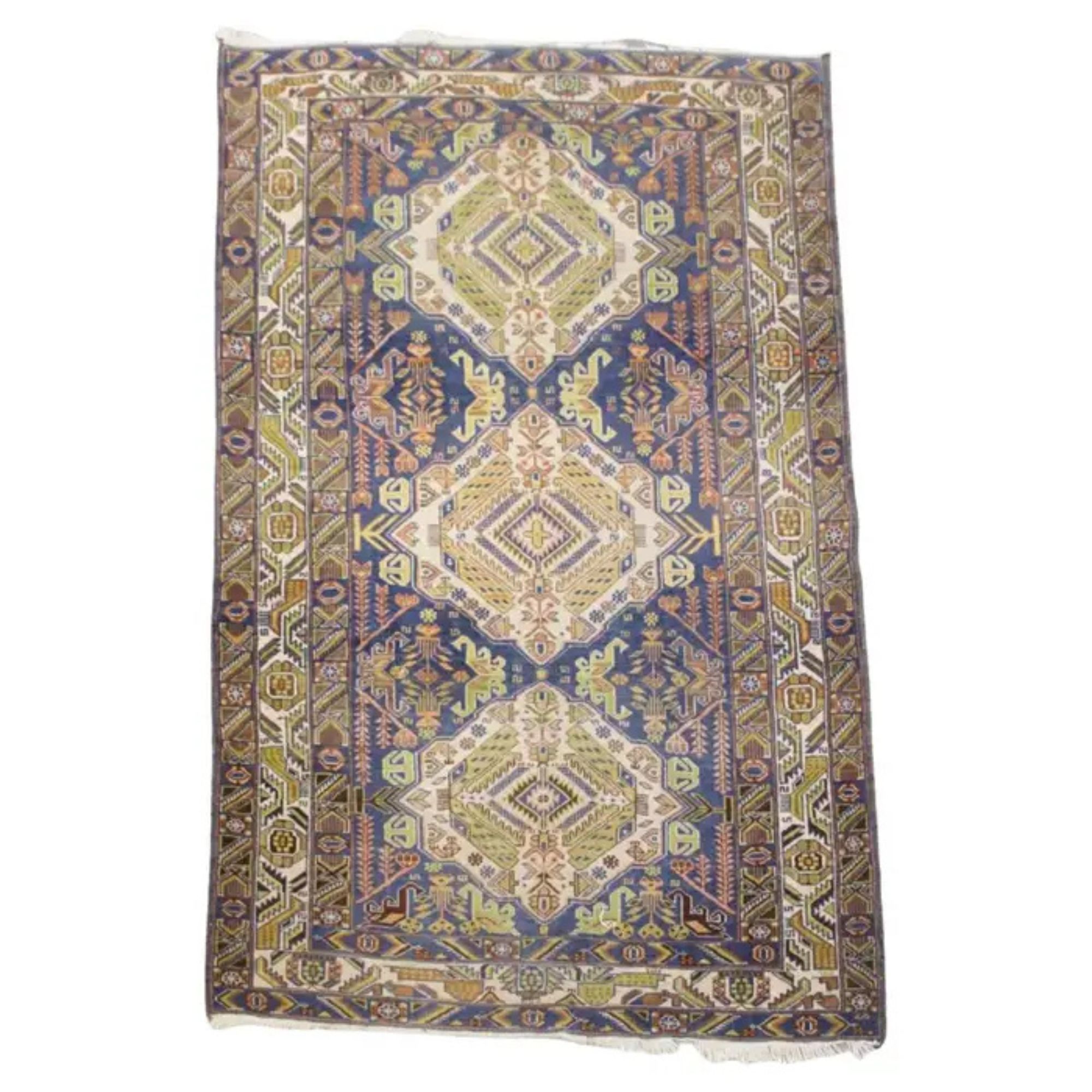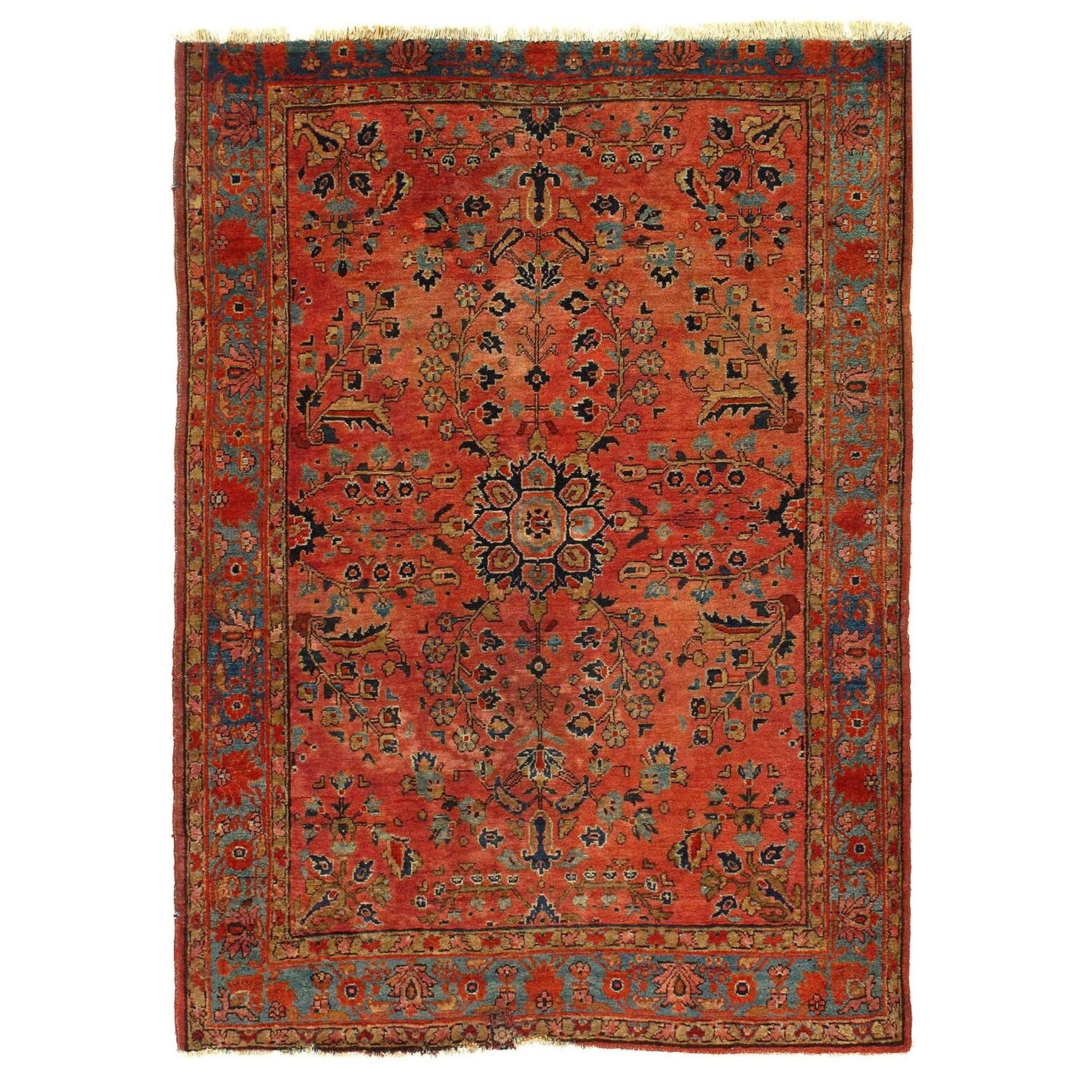Better Vintage: 'They Carry a Sense of History and Artistry That Connects Generations' – Why a Vintage Persian Rug Is Enduringly Powerful and Every Home Should Have at Least One
Persian rugs are timelessly elegant, and here's why interior designers will always choose this historical flooring to add style and charm to any room
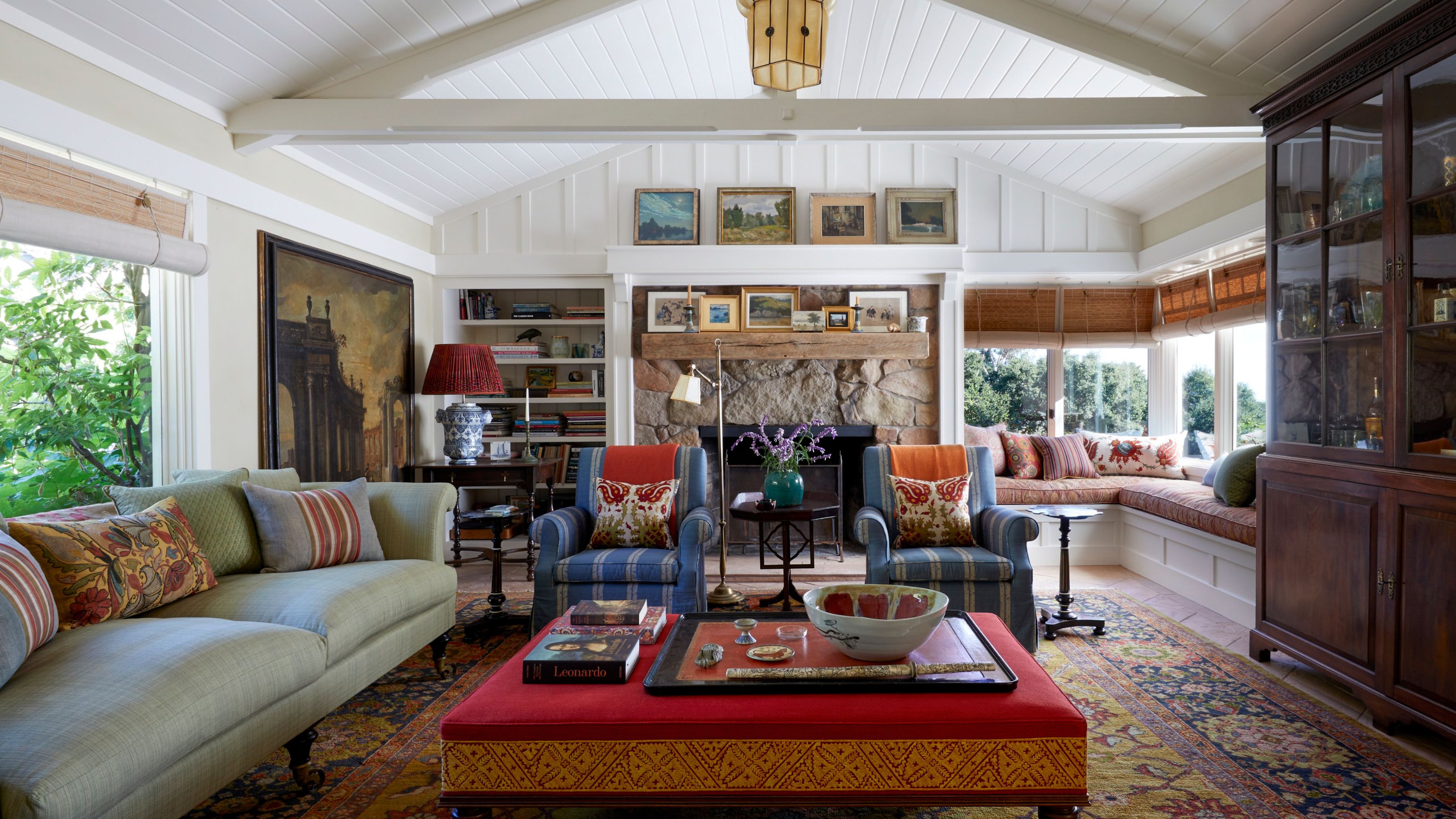

Plenty of vintage rug styles are still popular today, but none have endured quite as long as the Persian rug. A traditional carpet recognizable by its ornate weave, the Persian rug is a distinctive style with an impressively long history.
Iranian in origin, some of the earliest examples of Persian rugs date as far back as the fifth century BC. One of the longest-standing decorative practices, these woven carpets are still in production today. However, it's hard to deny the character and story that comes with decorating with vintage Persian rugs; each is its own work of art filled with meaning and message.
Christine Schumacher of Localia Interiors explains, 'It embodies timelessness. A vintage Persian rug brings history, artistry, and emotional resonance into a space – qualities that transcend any trend. Whether placed in a minimalist home or layered within a more traditional setting, it creates an instant sense of grounding and connection. It’s one of the few decorative pieces that truly bridges cultures and generations.'
The History of the Persian rug
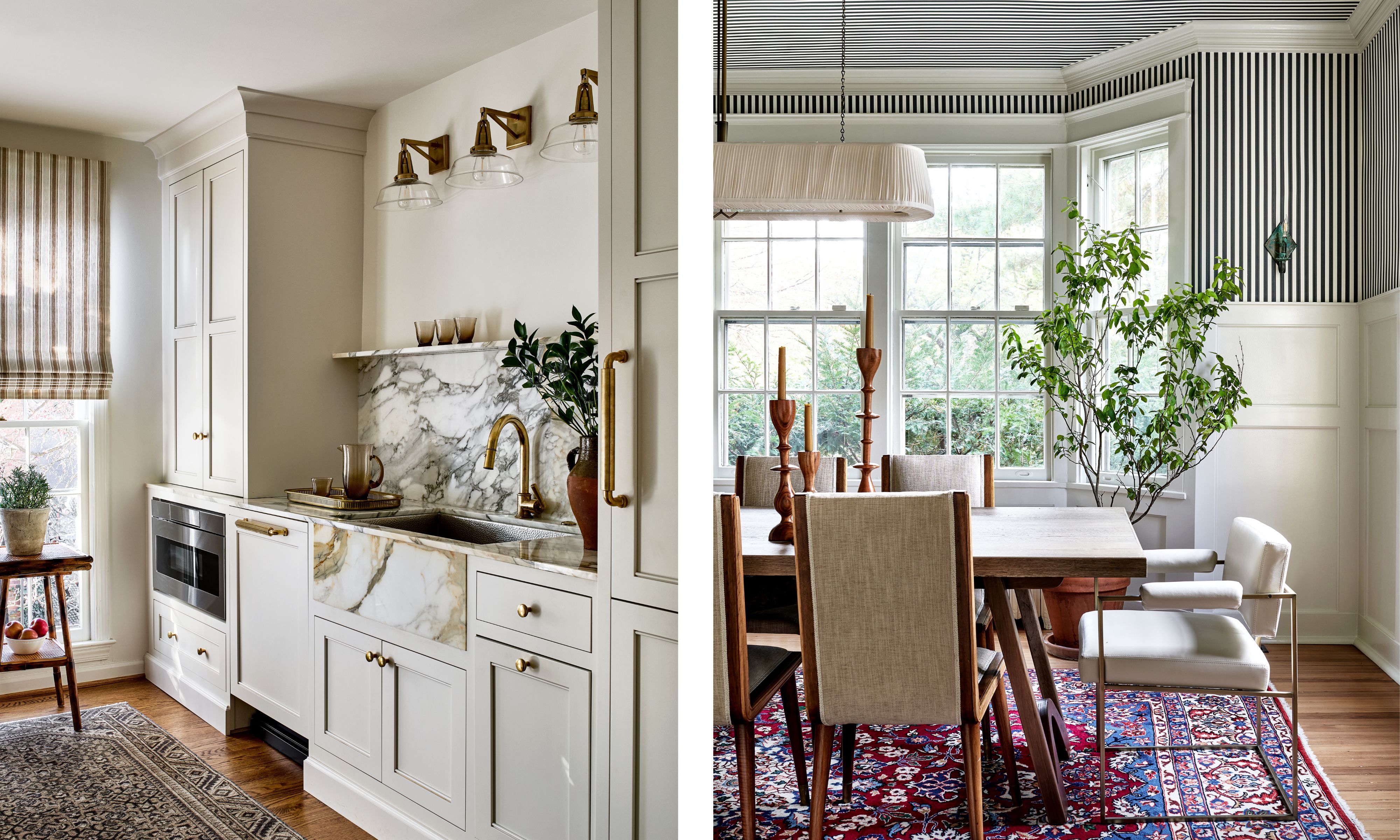
The Persian rug has outlived fleeting rug trends. It is more than a decoration; today it's a symbol of history. Characterized by its flat surface with no pile, Persian rugs are intricately woven with repeated striking patterns and natural motifs.
Anthony Barzilay Freund, Editorial Director at 1stDibs, explains, 'The Fine Persian rugs have been a treasured collector's item since the 17th century, when Silk Road trade with the Safavid Empire brought the exquisite work of Persian weavers to the attention of traders, who were eager to meet the European demand for fine rugs. Since that time, Persian rugs have been prized as much for their beauty and exceptional artistry as they are for being a sign of connoisseurship and sophistication.'
Originating from Iran (known as Persia until the 1930s), this style of rug was designed not only to provide warmth and cover a floor, but also to represent something deeply personal to its owner. Iranian artisans became known for their one-of-a-kind designs, each distinctive in color, pattern, and message. Made using the finest local silks and wool, designs varied depending on their patron, but would typically include some form of personal iconography.
The ‘Pazyryk carpet' is one of the earliest surviving examples of the Persian rug. Despite its age, its ornate design is more than clear, depicting lines of horsemen, deer, griffins, and the lotus symbol. The practice continued to flourish, as it soon became a popular export. By the sixteenth century, many European courts were adorned in large-scale designs, woven with lavish colors and elaborate patterns.
Design expertise in your inbox – from inspiring decorating ideas and beautiful celebrity homes to practical gardening advice and shopping round-ups.
Today, Persian rugs are more than floor coverings; they are art forms that are often placed right at the heart of a scheme.
Why are Persian Rugs Better Vintage?
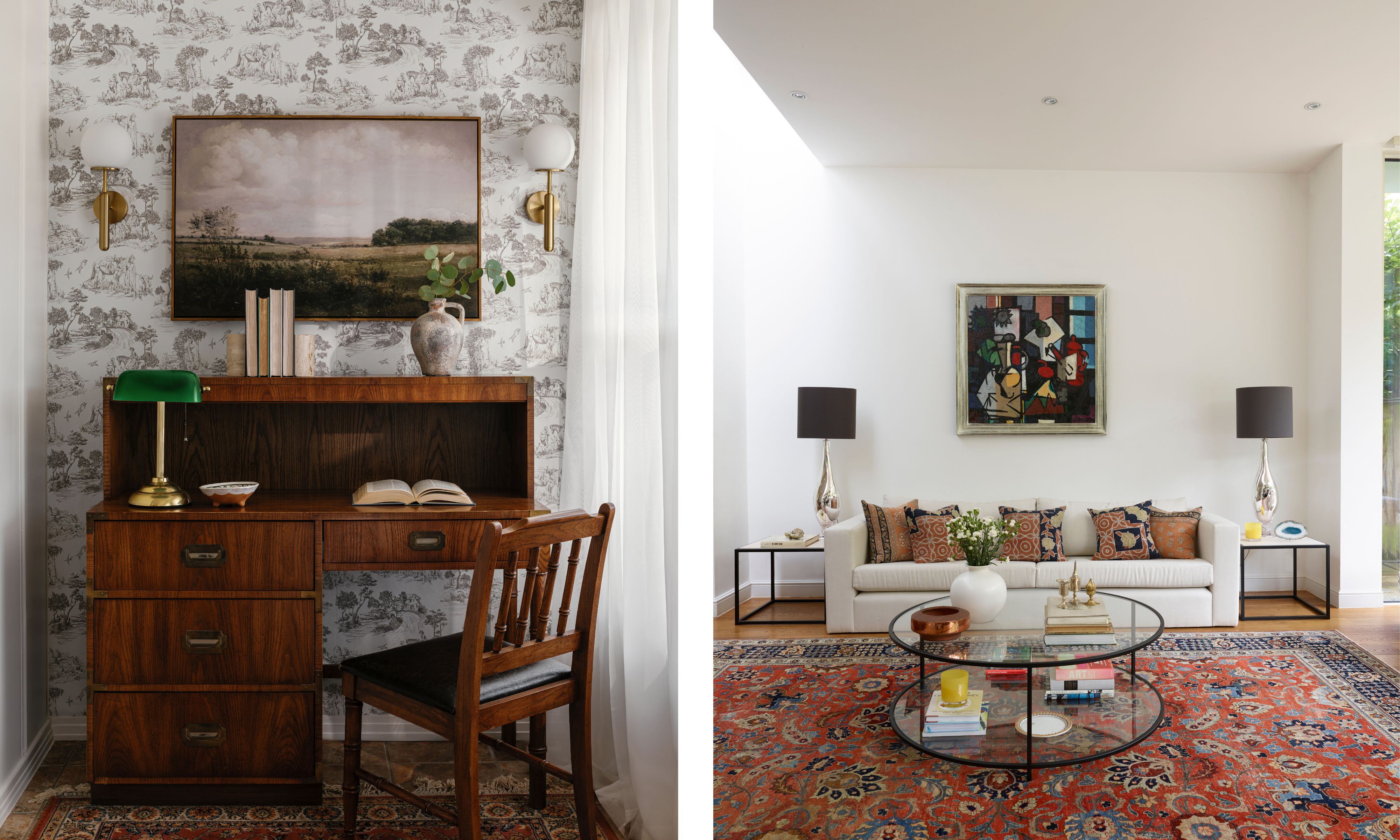
Persian rugs have long been passed down through the generations due to their iconic craftsmanship. When it comes to choosing a rug, vintage styles have a unique charm and history that's unparalleled.
Anthony says, 'I’ve lived for decades with the same Tabriz carpet I found downtown when I was a graduate student, and it has followed me from studio apartment to home after family home. With its intricate floral and geometric patterns set against a tomato-red field, it has weathered multiple moves, high toddler traffic, bright morning sunlight and not infrequent coffee and wine spills, but it looks as great today as it did when I was a young man.'
'Vintage Persian rugs ground a space both literally and emotionally,' explains Sara Swabb, founder of Storie Collective. 'They carry a sense of history and artistry that connects generations. Whether in a formal living room or a child’s playroom, they bring warmth, durability, and an unmistakable sense of story, which is why they’ve transcended centuries of design trends.'
A collectible interior designers look for when antique shopping, vintage Persian rugs tell a story; they're the perfect way to introduce character into any interior. Alexzandra Aguirre, Interior Designer at Phoenix Interior Design LLC, explains, 'Persian rugs are a unique combination of art and utility and a result of a rich art and history continuum. Every rug is the product of specialized, sublime craftsmanship and also represents a culture and leaves a legacy of conversation. Their rich colors and patterns, and the use of natural substances, add warmth and adapt beautifully, ranging from traditional to contemporary. The versatility and timeless appeal of Persian rugs are the reasons for their popularity across the globe.'
The enduring appeal of the Persian rug makes it a popular decorative choice amongst designers. Lauren Saab of Saab Studio explains, 'Persian rugs have lasted for centuries because they connect history with comfort. You can tell the difference between a new and vintage Persian rug the moment you see it. There’s something alive in the way it’s made. The colors and warmth that new materials don’t have. Even in a modern room, a rug like that softens everything and makes the space feel easy to be in. There is something about a Persian rug that gives a home instant depth and character.'
What to Look For and Where to Buy Vintage Persian Rugs
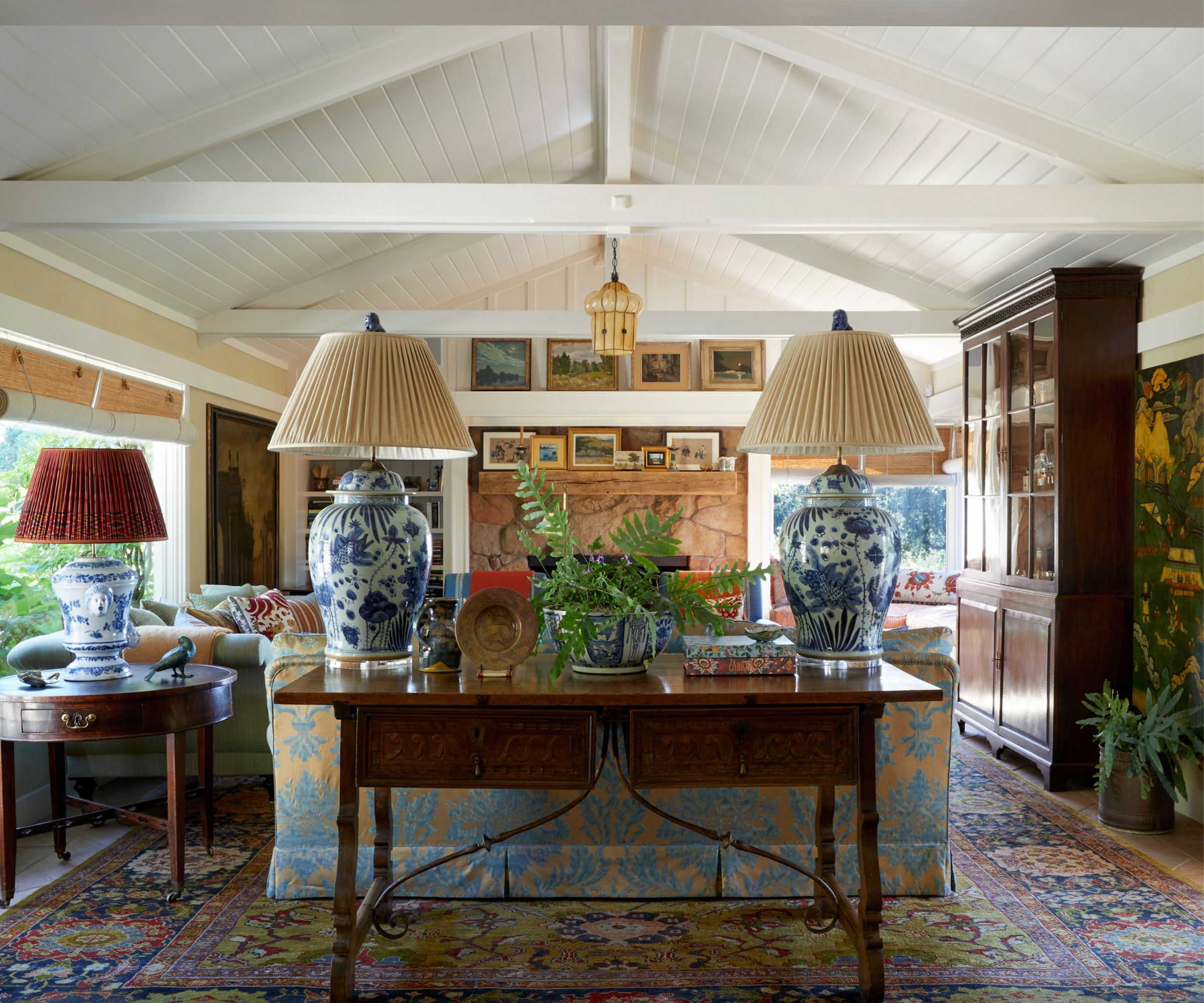
'When sourcing a vintage Persian rug, you should look for a piece that is of fine quality in terms of its construction, materials, and decoration', explains Anthony. 'Working with an experienced dealer on a vetted website, such as 1stDibs, is so important because rugs vary greatly in their technical characteristics depending on their region of origin or design type.'
He adds, 'An expert dealer will be able to share a wealth of knowledge with you, whether it’s about the correct thread material for warp and weft, the ideal kind of pile knot and knot density by rug type, or the use of specific dyes in a region.'
To avoid disappointment, consult a specialist, Anthony suggests. 'They can also point out special aspects of a rug’s pattern and design that increase its value or problematic spots – patches, color loss or other damage – that may reduce its price (but not, necessarily, its charm or appeal).'
Before decorating with antique textiles, it's worth considering the types of Persian rugs and their value. Anthony says, 'Some of the finest and most sought-after Persian rug types on 1stDibs today are Heriz, Serapi, Tabriz, Malayer, Kirman and Sarouk. Of course, anyone sourcing Persian Rugs needs to be aware of applicable sanctions that apply to Iranian goods (which may vary by country and by the date that the carpet was first imported).'
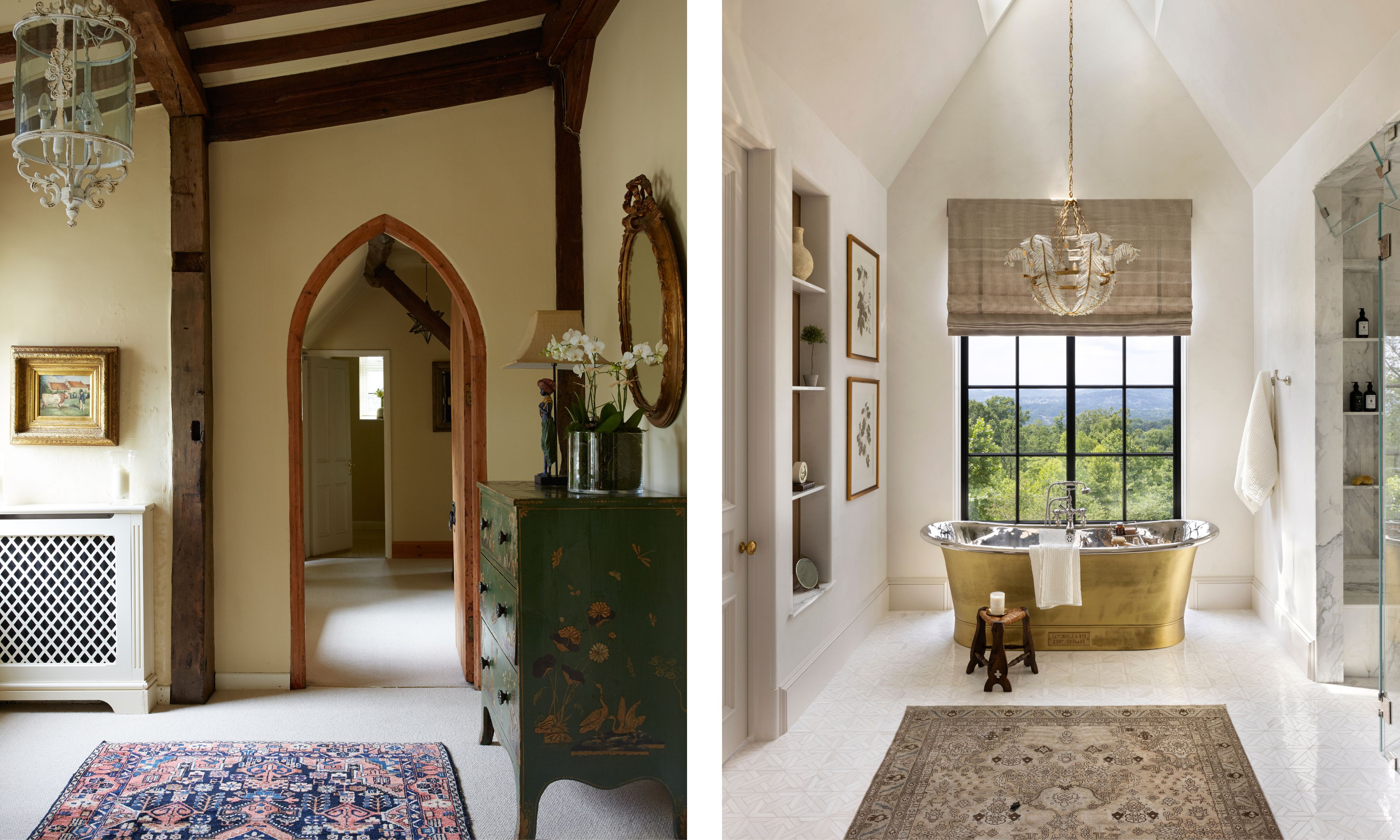
'When it comes to sourcing vintage Persian rugs, the first thing to determine is the quality and authenticity of the piece,' says Alexzandra. 'I prefer hand-knotted rugs made with natural, plant-based dyes and high-quality wool, as they provide rich color and long-lasting beauty. I also pay attention to the design and pattern.'
'Many Persian rugs include traditional motifs like medallions, floral, or geometric patterns, which often suggest the region of origin. Finally, the rug should stand the test of time, and this means checking the evenness and the absence of repairs, or resurfacing of any fraying.'
Whether it's a living room rug idea or a floor covering for an entryway, it's important to consider what colors speak to you. Lauren Sullivan, founder of Well X Design, explains, 'When sourcing, I look for pieces with softened palettes or bolder, moodier tones – something that carries the marks of age but still feels timeless. A deep burgundy or rich brown Persian rug can completely shift the atmosphere of a space, anchoring it with character and quiet drama. I also love vintage rugs with more solid or subtly tonal backgrounds –they’re rarer to find and feel especially unique.'
How to Style the Persian Rug Today
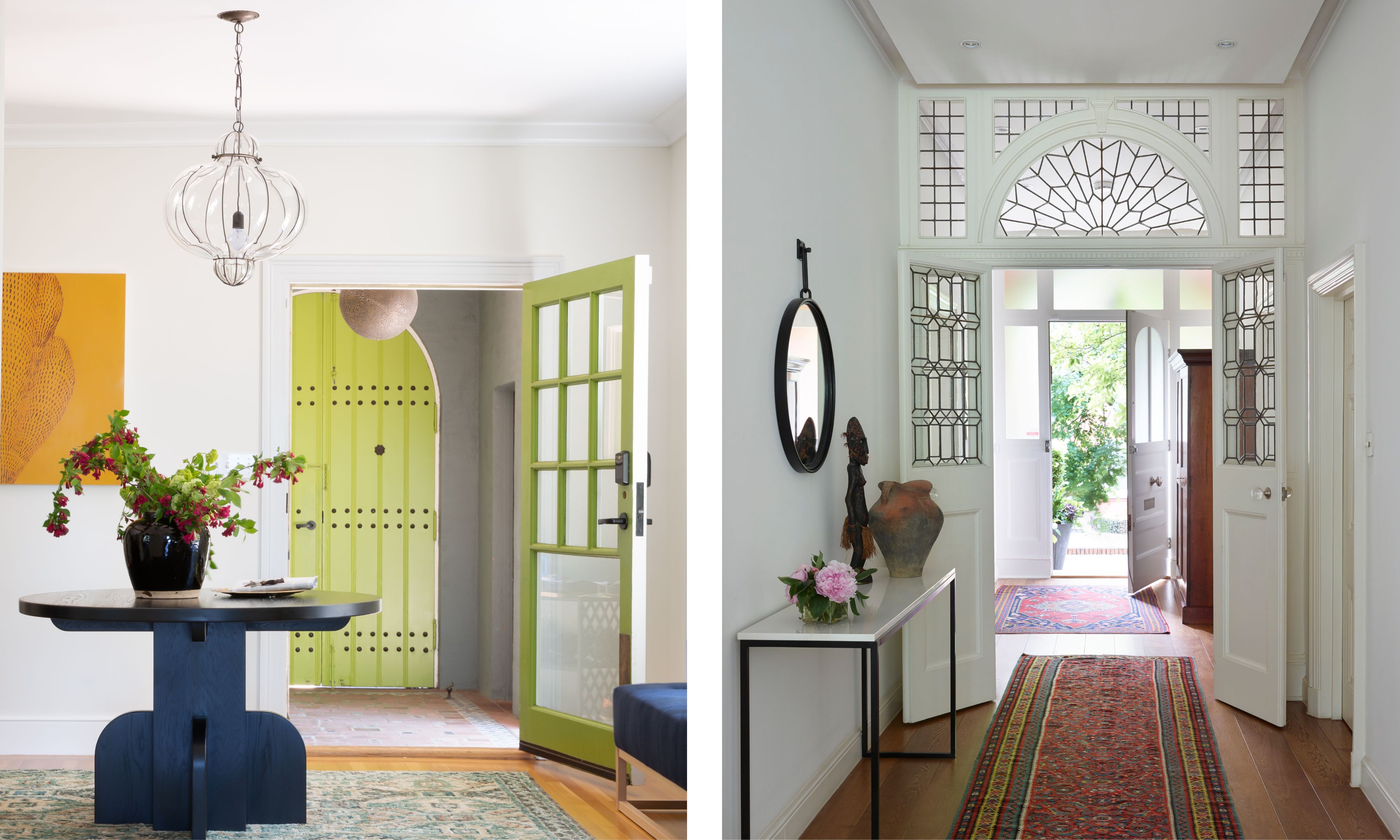
Persian rugs bring soft texture, intricate pattern, and deep color into a room. They're often just what an interior needs to create that all-important, inviting, lived-in feel.
Anthony says, 'Persian rugs are among the most versatile decorative objects you can include in your design scheme. In minimalist, modern spaces, they offer a colorful, pattern-rich foundation. In more traditional, maximalist spaces, they provide yet another layer of warmth and textural richness. They can feel formal or relaxed, playful or bohemian-cool. And there are wonderful examples across a broad stylistic – and price – spectrum to fit any space or vibe.'
Persian rugs are often found in transitional interiors as they connect the old and new. Alexandra explains, 'Styling a Persian rug starts with letting it be the focal point. For me, a rich, elaborate rug looks best alongside simple, solid-colored furniture to appreciate the artistry without excessive elaboration. Cohesion comes from integrating throw pillows and artwork that repeat the rug's hues. A glass coffee table and sleek, minimalist décor paired with a Persian rug offer a great contemporary twist, beautifully marrying old-world charm and modern flair.'
Lauren Saab adds, 'When styling a Persian rug, it helps to let the piece guide the room’s tone. Persian rugs pair beautifully with wallpaper and classic wood tones, as well as brass accents or soft linen drapery. Their warmth grounds a space while adding a sense of history that balances modern elements. The beauty of a Persian rug is that it can work almost anywhere and looks especially striking in living rooms or as an anchor in a home office or study. The space feels collected and personal, the kind of room that seems to have come together naturally over time instead of being planned in a single moment.'
Shop Persian Rugs
From geometric styles to more ornate floral patterns, sourcing the perfect Persian rug is more than possible with these one-of-a-kind examples.
Better Vintage is a monthly celebration of objects that prove true style only gets better with time. Each story reveals why these pieces endure and why vintage examples carry more beauty, craft, and soul. With history, expert voices, and styling ideas alongside practical buying guidance, this is a collector’s guide to the most iconic secondhand pieces, because some things are simply better vintage.
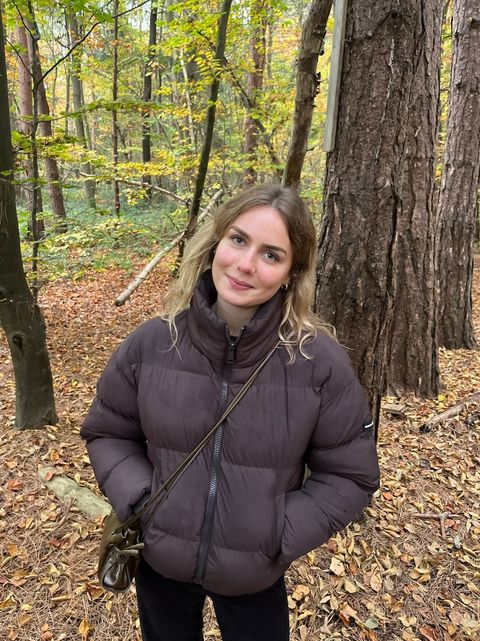
I am the Interior Design News Editor at Homes and Gardens, covering mainly US-based designers and trending news stories. My love for interiors began when I interned in an interior design studio, working on commercial and private spaces. My passion grew while working in production, where I sourced beautiful locations for photoshoots and campaigns. Outside of work, I enjoy collecting antique decor and mid-century furniture for my home.
